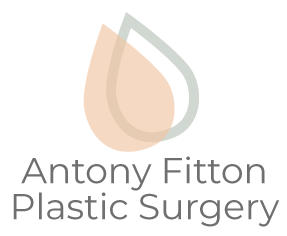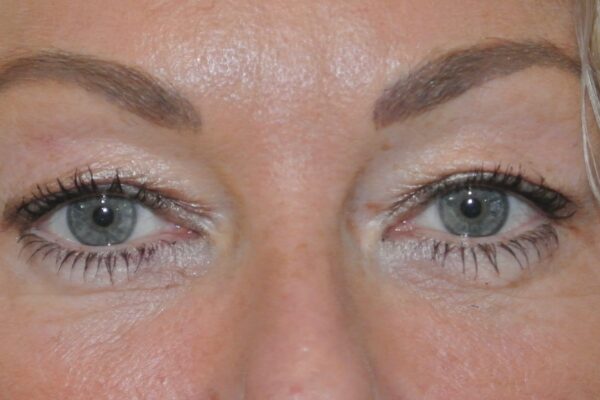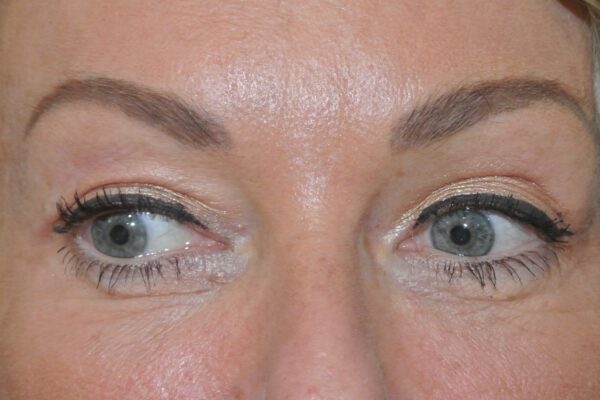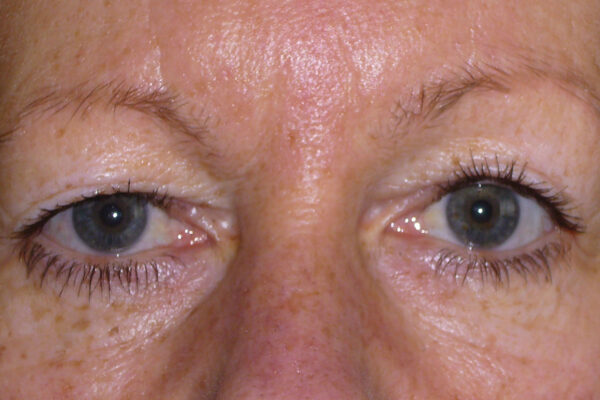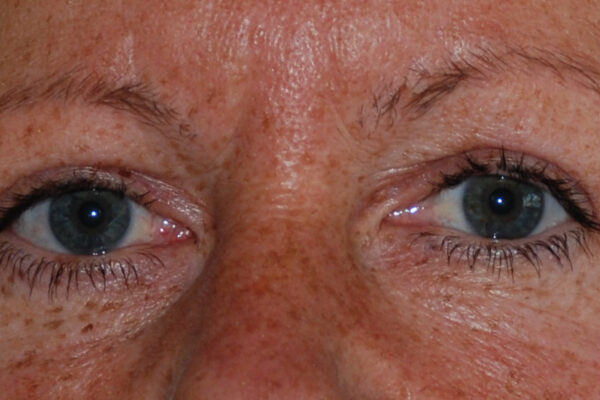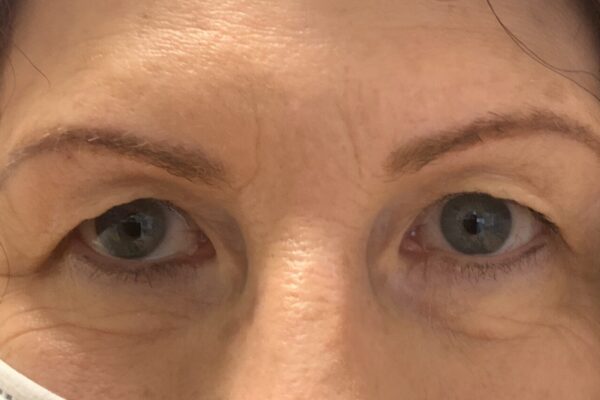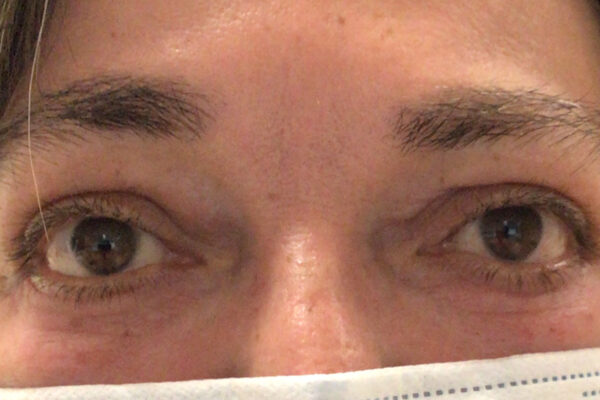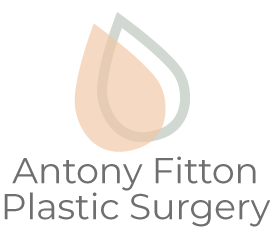email: [email protected]
call: 07494 250277
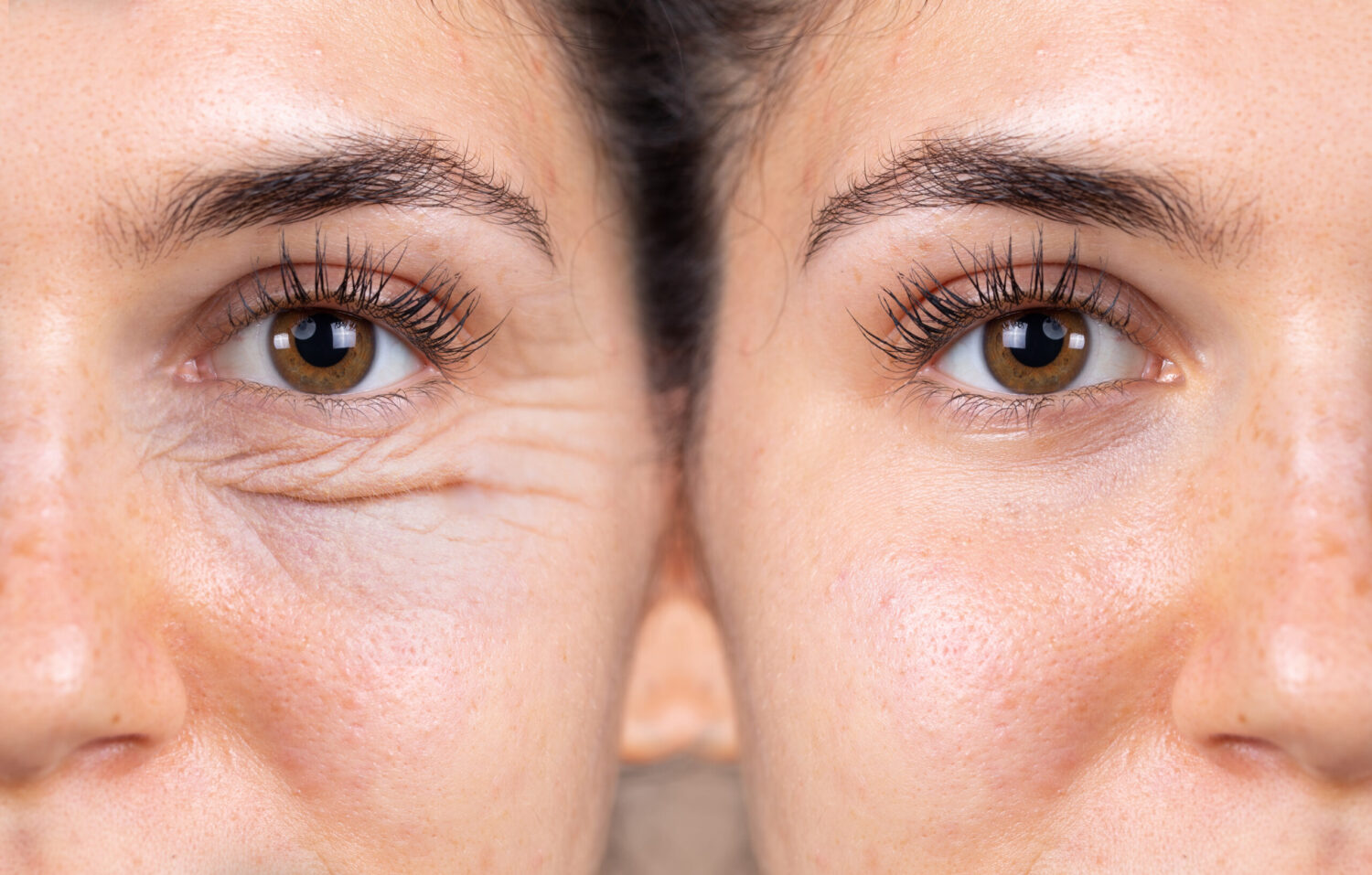
Blepharoplasty or Eyelid Surgery
Blepharoplasty or Eyelid Surgery
Blepharoplasty or eyelid surgery, is surgery aimed at rejuvenating the upper or lower, or both, eyelids.
Advancing age, smoking and excessive sun exposure cause laxity of the skin, muscle and other layers of the eyelids. This is marked by loss of normal skin elasticity, lax orbicularis oculi muscle and bulging of orbital fat.
In your eyes the skin becomes loose, lax and thin.
The muscle in the eyes become weak and floppy and cannot retain the fat of the eye socket in its normal position: the eyelids bulge. This makes you appear more tired especially in the morning. These changes are called dermatochalasis.
A blepharoplasty or eyelid surgery removes redundant skin and muscle and relocates, re-drapes or removes some of the orbital fat.
How is blepharoplasty or eyelid surgery performed?
Blepharoplasty or eyelid surgery can be performed either under a general or local anaesthetic and typically takes up to 90 minutes to complete.
In the upper eyelid a cuff of the lax skin and or muscle is removed together with, in some cases, a small amount of the bulging orbital fat; normally from the inner upper aspect of the eyelid. In the lower eyelid an incision is made just below the eyelash line. The skin is then lifted and dissected.
A cuff of muscle can then be removed. Small portions of the orbital fat is removed or re-draped. The excess skin is then trimmed. A fine removable suture is used to close the wounds.
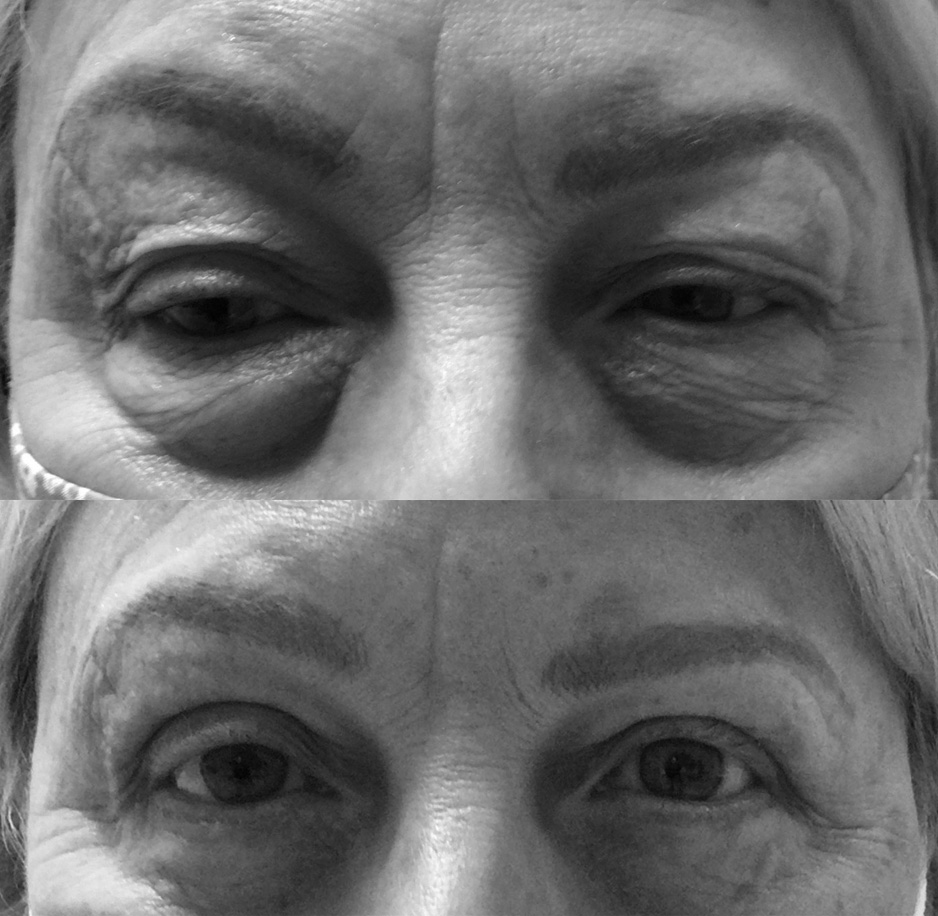
Ageing of the eyelids can be caused by:
- Advanced ageing
- Smoking
- Excessive sun exposure
- Excessive drinking of alcohol
- Loss of normal skin elasticity
- Bulging fat
Solutions for the eyes
Lifestyle changes can reverse the changes in the eyelids, preventing the need for intervention. In less severe cases laser resurfacing may be of benefit. Blepharoplasty (rejuvenating the upper or lower, or both, eyelids) can be performed either under a general or local anaesthetic and typically takes up to 90 minutes to complete.
Recovery after a Blepharoplasty
After your surgery you may stay in hospital or, if appropriate, go home the same day as long as you have someone to watch over you.
You should expect some bruising and swelling around the eyes, causing some temporary blurring of your vision. Your eyes may also water for up to several weeks after the surgery.
In some cases, the conjunctiva swells (chemosis), which can last for several weeks. Once discharged you should rest at home, sleeping with two or three pillows and avoiding bending down or straining.
At your first follow-up (on day 5) the sutures will be removed from your eyes. At this stage expect them to be swollen and bruised but you will feel comfortable enough to be with close friends and family.
Over the course of the next two to three weeks much of the swelling will reduce and by the 6th week of surgery you should be able to return to strenuous exercise and you will start to appreciate the results of the eye surgery. Scars take up to 12 to 18 months to fade.
Risks of a Blepharoplasty
Infrequent complications can occur and include bleeding leading to haematoma, infection and adverse scarring.
Some patients may suffer dry eyes before surgery. Mr Fitton will ask for you to have this symptom investigated as it can be worsened by blepharoplasty surgery, in which case you may be best advised not to go ahead with the procedure.
Care is needed at the time of your eye surgery not to remove too much skin.
If this happens you will have difficulty in blinking. The lower eyelid, especially, may be drawn down revealing too much of your sclera or white of your eye or, even worse, the lower eyelid may turn outward (ectropion), which may require reconstructive surgery.
Rarely patients can suffer allergic conjunctivitis. A few patients have suffered blindness following surgery (1 in 400,000 risk).
Alternative Eye Treatments
Notwithstanding the changes in the eyelids with age, the eyebrows also droop and lose their shape.
Whilst this is tolerable in men, brow hooding or ptosis can be de-feminising in women. When severe the hooded brow can transgress the upper reaches the field of vision. The forehead muscles contract to lift the hooded brow up causing wrinkles and furrows in the forehead.
In this situation it may be worth considering an endobrow lift instead of, or as well as, an upper lid blepharoplasty.
When dermatochalasis is less severe non-invasive laser resurfacing may help to reduce fine lines. Fraxel laser therapy may help to reverse thinning of the deeper dermal layer of the eyelid skin.
Where skin texture is good but fat bulging is more pronounced a transconjunctival blepharoplasty may be a more appropriate procedure, which can sometimes be combined with laser resurfacing to optimise results.


